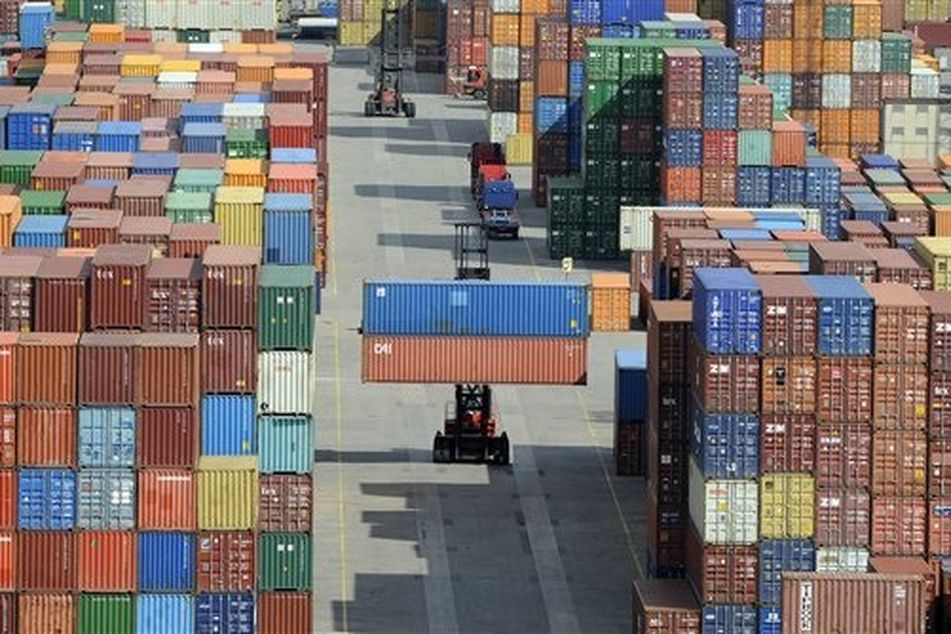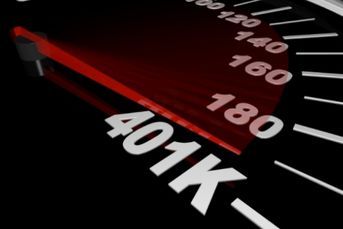Where are top fund managers putting their money now?

Many see 'gems' overseas, where stock valuations trail economic reality; 'investors just can't believe we're actually recovering'
Even after global stocks rallied 10 percent last year, valuations around the world fell the most in a decade, leaving companies in Norway, Italy and Mexico the cheapest of all.
The average price-earnings ratio of global equities dropped as profits in the 45-nation MSCI All-Country World Index rose faster than the gauge, which has rallied to the highest level since August 2008, data compiled by Bloomberg show. Investors are finding bargains outside the U.S., where the biggest two- year rally since the Internet boom has sent the Standard & Poor’s 500 Index’s income multiple to almost a seven-month high.
Yara International ASA in Oslo trades for 11.8 times annual profit and analysts say income will rise 36 percent this year, giving it a price-to-earnings growth ratio of 0.3, or 79 percent below the global average, data compiled by Bloomberg show. Bergamo, Italy-based Unione di Banche Italiane SCPA sells at a so-called PEG ratio of 0.3 based on forecasts that profit will almost double. Analysts say Mexico City-based America Movil SAB, trading 35 percent below its valuation before the 2008 financial crisis, will post growth every quarter through the end of 2012.
“We have money in Norway, we have money in Mexico,” said David Winters, the Mountain Lakes, New Jersey-based manager who oversees the $1.43 billion Wintergreen Fund that beat 94 percent of peers in the past five years. “What we try to look for in each one of these countries is, where are the gems, what are the companies that really have what it takes for you as a shareholder to do well.”
Debt, Political Unrest
Winters, Huntington Asset Advisors’ Madelynn Matlock and USAA Investment Management Co.’s Wasif Latif are speculating companies will overcome Europe’s sovereign debt crisis and a drug war in Mexico that killed more than 15,000 people in 2010. Mexican stocks are 11 percent cheaper than at the end of 2009, while valuations on Italy’s benchmark index dropped 56 percent and Norway’s fell 78 percent, data compiled by Bloomberg show.
Of the 45 nations in the all-country index, only Egypt and Ireland will see earnings fall this year, according to analyst estimates compiled by Bloomberg. That’s the fewest since 2004. The gauge rose 0.2 percent to a two-year high on Jan. 14, completing its seventh straight weekly advance, after European officials stepped up efforts to solve the debt crisis and Japan pledged to buy bonds to aid Ireland and Greece. The measure slipped 0.2 percent at 10:30 a.m. in London today.
Lower Valuation
The price-earnings ratio for the MSCI index of developed and emerging nations slid 24 percent in 2010, the most since 2000, according to data compiled by Bloomberg. The 2010 decline was the biggest ever in a year when the index gained, Bloomberg data going back to 1995 show.
“We’ve had record-setting quarter after record-setting quarter, you’d think we might catch up, but we just don’t,” said James Paulsen, chief investment strategist at Minneapolis- based Wells Capital Management, which manages about $342 billion. “It is the legacy of the 2008 crisis. Investors just can’t believe we’re actually recovering.”
Norway’s OBX Index rallied 18 percent in 2010, helped by a 46 percent advance in Oslo-based Marine Harvest ASA, the world’s largest salmon farmer. Mexico’s IPC advanced 20 percent, led by a doubling in Mexico City-based drug seller Genomma Lab Internacional SAB. In Italy, the FTSE MIB Index slumped 13 percent, data compiled by Bloomberg show.
PEG Ratio
Stocks in the three countries were the cheapest in the world last week, based on a comparison of valuations and earnings increases. Fidelity Investment’s Peter Lynch, who managed the Magellan Fund from 1977 to 1990, when assets grew about 630-fold to $14 billion, considered that PEG ratio a better tool than gauges such as price-earnings multiples that don’t account for growth.
Matlock, who helps oversee $13.8 billion at Huntington in Cincinnati, is investing in Mexico. She owns billionaire investor Carlos Slim’s America Movil, which rallied in seven of the past eight years.
“We’re happy to invest in Mexico, because it’s in decent shape,” Matlock said. Globally, “earnings estimates are very strong. There are good individual investments to be had in European companies, despite all the concern about the euro and sovereign debt. That’s how you get those opportunities.”
Analysts project earnings in Mexico will climb more than 20 percent in 2011, where the IPC’s price-earnings ratio using results from last year has fallen to 17.6, giving the country an average PEG of 0.5 on Jan. 13, data compiled by Bloomberg show.
Exports to U.S.
Gross domestic product in Latin America’s second-largest economy expanded 7.6 percent in the second quarter, the most since 1998, and 5.3 percent in the third. The country’s share of overseas sales to the U.S. rose in the first 11 months of 2010 to 12 percent from 11 percent in the prior-year period, the U.S. Commerce Department said.
America Movil, Latin America’s largest wireless carrier, trades at 14.3 times earnings, giving a PEG ratio of 1.1. Profits increased in five of the past seven quarters and are forecast to jump 13 percent in 2011 from the prior year. Income at Grupo Mexico SAB, the country’s largest mining company, may rise 75 percent in 2011, estimates compiled by Bloomberg show.
Italy’s stock market produced the third-worst returns in western Europe last year amid concern spending cuts to reduce the euro region’s second-highest budget deficit would curb growth. The yield premium investors demand to hold 10-year Italian debt versus German bunds surged to more than 210 basis points, as European Union Economic and Monetary Affairs Commissioner Olli Rehn said the country may have to increase planned budget cuts and Ireland requested European Union aid.
‘Apply Your Skill’
The FTSE MIB index has a price-earnings ratio of 14.8, versus projected 2011 profit growth of 23 percent, giving a PEG of less than 0.7, according to data compiled by Bloomberg.
UBI, with the third-lowest PEG ratio among Italian stocks, posted a fourth straight year of share-price declines in 2010 as net interest income fell 6 percent during the first nine months, hurt by the European Central Bank’s decision to hold benchmark rates at 1 percent. Analysts forecast Italy’s fourth-largest bank will almost double profit to 63 euro cents a share in 2011.
“You’ve got to do your homework, but if you’re willing to do that, Italy’s a good place to go apply your skill,” Paulsen said. “The market’s rallied a lot and that makes it really difficult, going into the new year, to know where to go with everything doing so well so quickly. You ask yourself, ‘Where can I still find deals?’ You’re only going to find deals where there’s still perceived risk.”
Lowest Unemployment
Norway’s price-earnings multiple fell to 15.4 from 69.2 in 2010, making equities cheaper even as the economy expanded after government stimulus to keep unemployment the lowest in Europe. Yara, which beat estimates throughout 2010, saw its valuation slip 44 percent. DnB NOR ASA, Norway’s largest bank, has a price to earnings-growth ratio of 0.3, with this year’s profit forecast to grow 12 percent.
Norway, the world’s seventh-largest oil exporter, has a PEG of 0.5, based on a valuation of 15.6 times earnings and the 2011 profit growth projection of 30 percent, Bloomberg data show. Crude futures surged 35 percent to $91.54 a barrel in New York since May through the end of last week.
“When you think of Norway, you think of oil exports. They have been a net beneficiary of a rising oil price,” said Latif, vice president of equity investment at USAA, which oversees $46 billion in San Antonio. In Europe, “valuations are pretty attractive, and that’s partly to do with the continuing uncertainty and fears on the sovereign debt issue that they’re dealing with there. There are pockets across Europe where investors can look at certain companies for opportunities.”
–Bloomberg News–
Learn more about reprints and licensing for this article.






